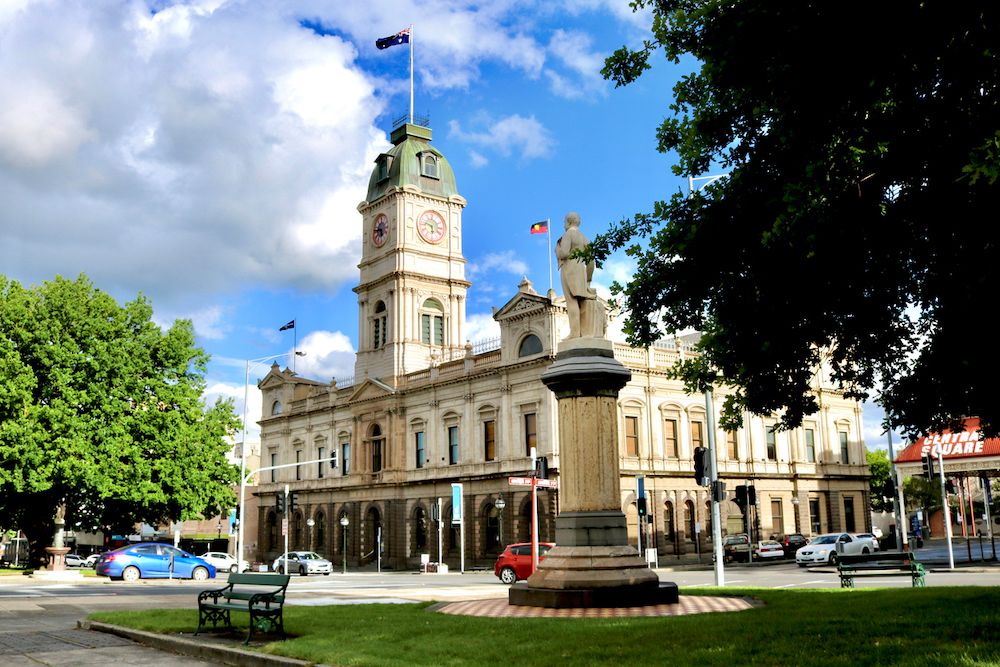Melbourne and VIC market update - May 2021
Melbourne and Victoria have had a run of hard luck this past year—even just this past fortnight—but there are positives popping up in the housing market that are worth taking a look at.
CoreLogic's latest data shows that, while annual growth may be at a low point for the capital, the recovery in the past quarter has been strong and auction clearance rates indicate the market is still healthy and moving in an upward direction.
Regional Victoria tells a healthier story still, delivering above-average growth for the quarter.
The state isn't quite out of the Covid woods yet, though. So where are things at and what's to come?
Melbourne market update - May 2021
Houses
$908,239
Monthly change: +2.2%
Units
$605,505
+0.8%
After an easing in growth back in April, the Melbourne market has shifted its momentum back upwards, recording a +1.8 per cent increase in median home value for May.
The median Melbourne dwelling now costs $740,562, up +5.5 per cent or about $23,000 over the past three months.
According to SQM Research's latest figures, total property listings in the city have also dropped dramatically in May, falling by -7.4 per cent.
That's a result of stock continuing to be in short supply (new listings for the month were down -6.8 per cent) while buyer demand remains insatiable.
Auction clearance rates remain in the low-to-mid 70 per cents, Domain's data shows, suggesting there's still hot competition on the weekends.
CoreLogic also notes that the top end of the market is currently driving the highest capital gains, especially in Melbourne and Sydney.
The upper quartile of home values has increased by +6.5 per cent over the past three months, a trend they say may be caused by housing affordability pressures putting more of a squeeze on lower price points.
Westpac's May Housing Pulse report concludes that Victoria's slower recovery "has become more convincing over the last three months with turnover holding at high levels and prices putting on a strong burst."
Regional VIC market update - May 2021
Houses
$503,349
Monthly change: +1.7%
Units
$349,448
+2.0%
It's been a comparatively huge year for the regional Victorian market, which has clocked gains of +13.1 per cent across the past 12 months.
In dollar terms, that's well over a $50,000 bump annually.
The state has seen the highest annual growth for units of any other regional market, turning things up by an astounding +15.3 per cent.
The numbers have eased to a small degree in May, but Victoria is still performing at a similar strength to other hot regional markets like Queensland and Tasmania.

CoreLogic's latest regional market update also noted that Ballarat is leading the country in terms of shortest days on market—a figure that currently sits at just 24 days.
The median house price in Ararat also rose a phenomenal +26.1 per cent annually.
Melbourne and VIC rental market update
Melbourne's rental market struggles continued in May, and they may for some time until international borders reopen and overseas students and workers can return.
Gross rental yields sat at 2.9 per cent for the month, a hair above Sydney's 2.6 per cent and significantly below the other states, where investors have seen more cash flow-positive rentals opportunities.
CoreLogic's numbers show Melbourne house rents up +0.9 per cent for the quarter while units are down -0.4 per cent, a full -8.5 per cent lower than their 2019 peak.
The Westpac Housing Pulse report indicates that the city's rental vacancy rate now sits above 6 per cent.
Things look brighter in regional Victoria, where gross rental yields were 4.0 per cent for the month.
While still offering the lowest returns of all the states, it still indicates there may be more opportunities for investors to find a cash flow-positive option outside of the metro area.
What's next for the Melbourne and VIC markets?
The current Melbourne lockdown is clearly a cause for concern for Victorians as its length and potential impact is unknown at this point.
Still, market conditions are generally in favour of continued growth for the state.
The Reserve Bank of Australia's June statement sees them holding firm on their message that interest rates won't rise until 2024, so money is still going to be cheap for some time.
New listings can't keep up with buyer demand, investor activity is picking up and consumer sentiment still appears to be on the rise as the Australian economy's recovery outperforms expectations.
The Westpac Housing Pulse report states "the VIC Consumer Housing Sentiment index remains upbeat, pointing to more strong gains ahead."
John Costanzo of Woodards in Carlton has nearly 30 years of experience in the industry, and he predicts more upward movement in the near future.
"I think the next few months especially over winter will continue to be strong because traditionally people sell in autumn and spring," he says.
"[In] winter we don't have a lot of new stock coming on, so the lower stock levels will keep prices humming along and the market pretty strong, very competitive."







